Web design trends in 2016
are a continuation of previous years’ changes and a massive movement into the responsive design of websites that currently operate on various devices, displays, and resolutions.
I read an interesting article about web UX changes for laptops with touch screens. Some research proves that people have different touch screens on tablets than laptops.
This means that the web design should take this into account.
Overall web design trends in 2016 are following
-
Fewer Pages, More Focus on Offer
“Many SEO and website experts have long suggested that ‘bigger is better.’ They argue that a site with lots of pages has the best chance to rank for various key terms. The problem with creating incredibly dense websites is that they can be confusing for people to use and they can be difficult to keep updated. Outdated pages and content are often left neglected, creating bloated and no longer relevant sites. Many websites have begun to take the opposite approach to this ‘bigger is better’ recommendation. Smaller sites are hyper-focused on specific topics, eliminating pages or content that aren’t critical to the user experience. This ‘less is more’ trend can be seen in the popularity of single-page websites, including parallax sites. You can also see it in sites that have aggressively simplified their sitemaps.” — The Next Web
-
A New Color Trends in web design trends
The popularity of vibrant colors specifically will rise and flow as trends change. As such techniques are cyclical, we’ll likely see a return of some older techniques that have been reinvented. For example, perhaps gradients will come back and breathe new life into the bright color trend. With only bright blues, Zample+me uses a gradient effect on its background without falling into dull tones. This effortless style fits comfortably with the minimalist layout of the site, and the flat design attributes of the interactive icons. Zample+Me shows the trend evolving, not fading away.” — Sitepoint
“The behavioral patterns that humans follow come from various external responses, in all levels of importance, and at all times of day. Sometimes, colors, formats, or even layouts inspire us, while other times, we’re compelled by emotion to take further action.
When even we as marketers become enticed without realizing why, it’s far too easy to forget that the prospects we’re targeting have the same behavioral patterns as the rest of us. Thankfully, with the use of neuromarketing and color psychology, there are some fantastic ways to help us better connect with our readers.” — emagine
-
Full width images – one of the web design trends
Full width images are more interesting and capturing more attention. Especially nice stylish and simple images are very welcomed.
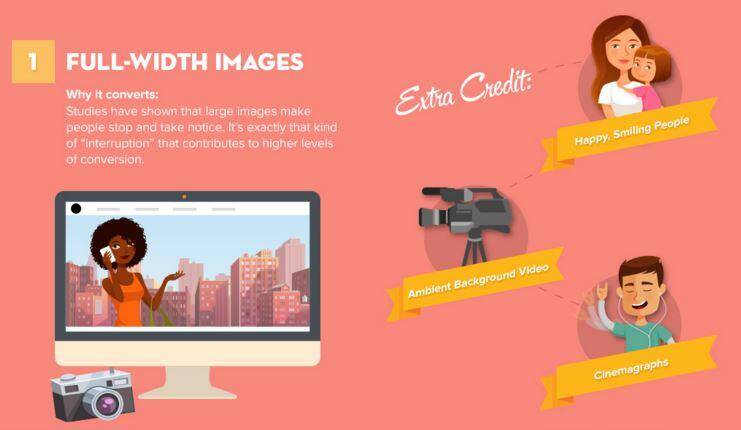
-
Going Bold to Stand Out
“Because websites are being designed for consumption on a wide variety of screen types and just a handful of operating systems dominate the mobile market, we’re seeing particular design elements become increasingly common. You’ve surely noticed the proliferation of similar WordPress themes and websites that borrow UI elements (buttons, menus, etc.) from iOS and Android. This means two things: First, websites will continue to look similar, and second, with the fundamental aspects of UI all but standardized, web designers will be free to find new ways to help their websites stand out. For example, I predict bolder use of animations and transitions and more inventive use of colors. Consider Medium’s approach by drawing attention to highlighted phrases with a brilliant, electric green. Even as our design language continues to narrow and find common ground, we’re going to see out-of-the-box thinking and striking design choices become more important than ever.” — Forbes
-
Split-Screen Layouts
“If you offer several types of products, services, or categories, splitting your users into the correct landing page as soon as possible makes sense. By using a split screen, you quickly allow your audience to ‘choose their adventure’ and head to where they will more likely convert.” — The Deep End
Check other posts:
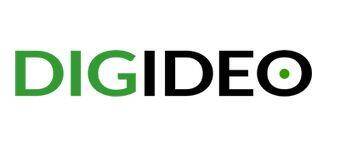

 Digideo
Digideo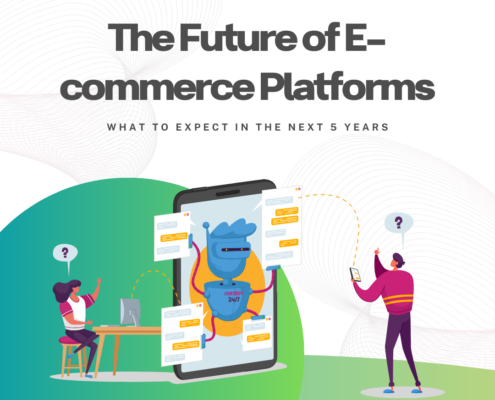
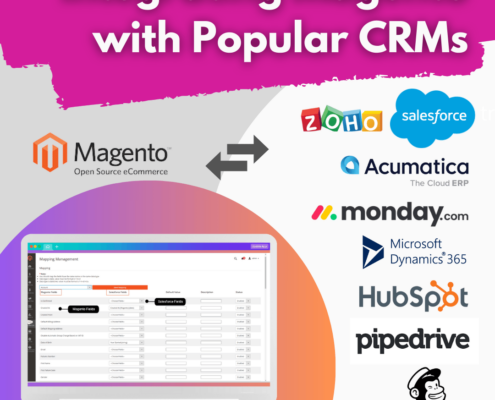 Digideo
Digideo Digideo
Digideo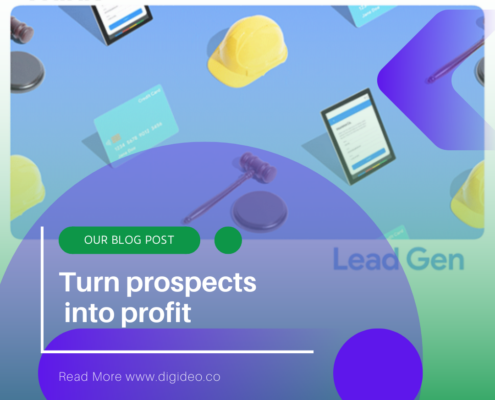 Digideo
Digideo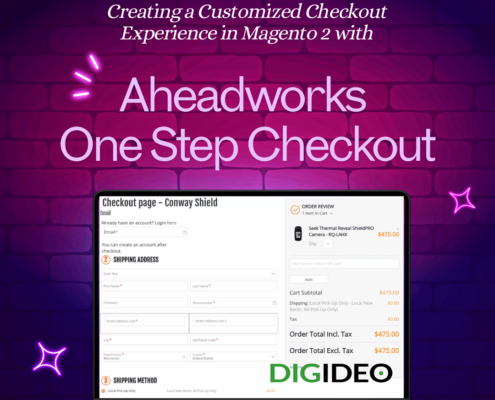
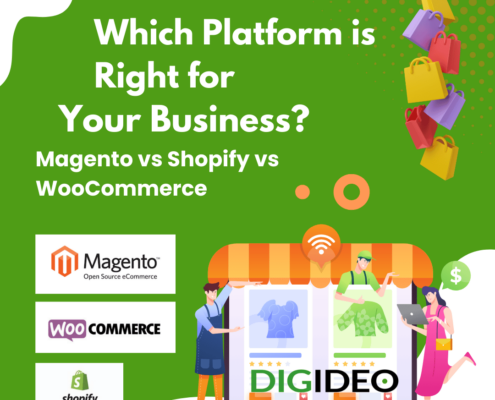 Digideo
Digideo
Share this entry